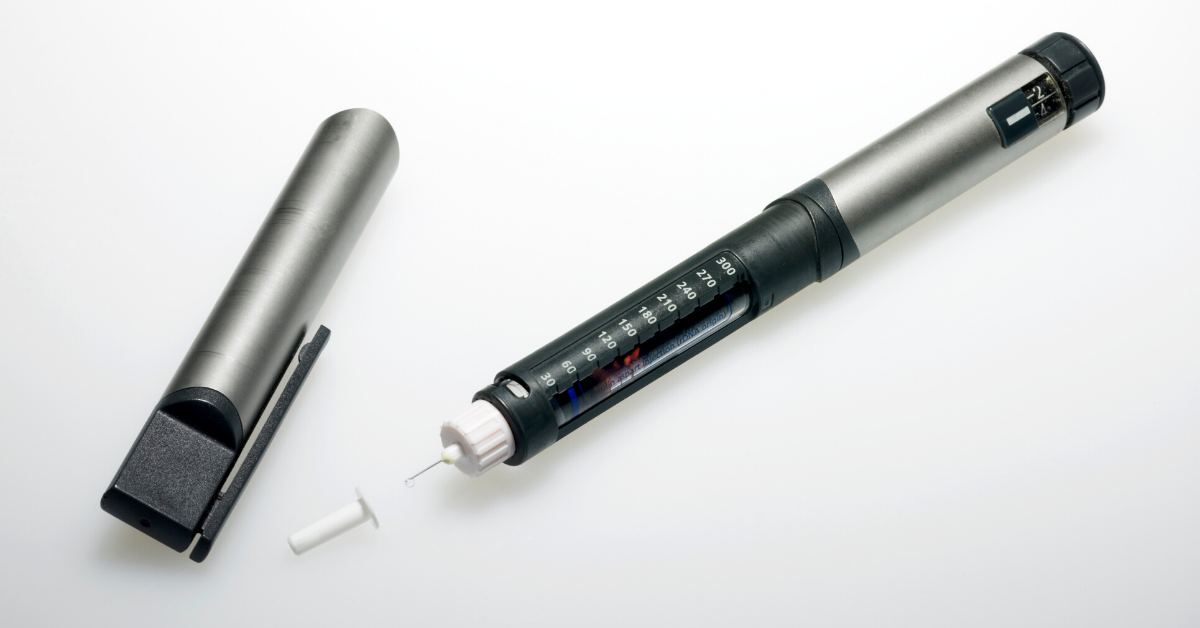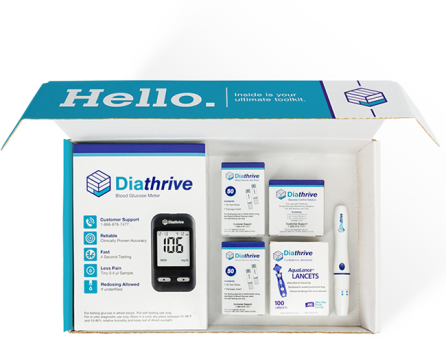
From the day we are diagnosed, we’re taught that our body has a “basal rate” or specific dose for background insulin needs and an insulin-to-carbohydrate ratio for your insulin needs at every meal, but it’s not that simple.
Over the years, I found tremendous power over my blood sugars by learning when and how much to adjust my background insulin dose by depending on a variety of variables.
At the moment, my background insulin dose is 9 or 10 units of Lantus insulin. This adjustment is roughly 10 percent of my total basal/background insulin (10 units x .10 = 1 unit) and it can make a huge difference in my ability to manage my blood sugars from one day to the next if I take time to think about whether I need 9 or 10 units.
I say 9 or 10 because of variables in exercise, food, and stress! Allow me to share some detailed examples that could help you make blood sugar management a little easier, reduce the frequency of high or low blood sugars, and help you feel far more in charge of your diabetes overall.
Pizza night (or Chinese food or Thanksgiving)
I love pizza and you can bet I love Chinese food, too, but I consider these foods a rare treat, not usual meals.
In addition to spreading out my mealtime insulin dose for these high-fat and high-carb meals over the course of hours rather than taking it all upfront, I also change my background insulin dose for the day following this indulgent meal.
We’ve been taught that what we eat is managed only by our mealtime insulin doses but the tremendous amount of extra carbohydrates and extra dietary fat consumed in a meal of pizza or Chinese food or birthday cake or lasagna can impact your blood sugar throughout the entire following day!
By increasing my Lantus insulin dose by 1 unit on the night of eating pizza or Chinese food, my blood sugars are significantly easier to keep in my goal range the following day.
After an especially active day
On a normal day, I walk my dog between about 4 miles a day along with 30 minutes of jumping rope, scootering with my kids, or jogging intervals with my fella. Several days a week I also do 20 minutes of light weight-training.
That’s my “normal” activity level.
When I go above or significantly below this, it’s remarkably helpful to adjust my background insulin dose here, too.
For example, there have been days when my kids are with their father that I walk my dog a total of 6 miles, jog a 2-mile trail with my boyfriend, do 20 minutes of weight-training, and miss a meal because of all the activity!
The day after this higher intensity day calls for a 1-unit reduction in my background insulin dose -- when I would take 9 units of Lantus instead of 10 units.
Busy days, accidentally missing a meal
Do you ever have several days in a row when you missed a meal and you can tell that your jeans are a little looser than usual?
For me, this happens pretty often. I go through cycles of revved-up appetite where I get my calories in, and then when there’s a lot going on (buying a new house, packing, big events with my kids, etc.) that I end up accidentally under-eating.
Sure, the side-effect of weight-loss is wonderful but only if it doesn’t come with recurring low blood sugars, too.
As soon as I realize I’m in a calorie deficit, I reduce my background insulin dose to that lower 9 unit dose. It removes the risk of recurring lows and prevents having to stuff my face with extra glucose.
Talk to your healthcare team about a 10% adjustment
As Stephen Ponder, MD, CDE, said in Sugar Surfing, “the body doesn’t have a basal rate.”
What he means is: your body does and should need different amounts of background insulin based on the variables of everyday life!
Don’t let diabetes dictate your day. Find greater control and power in making these micro-adjustments to make blood sugar management easier.





